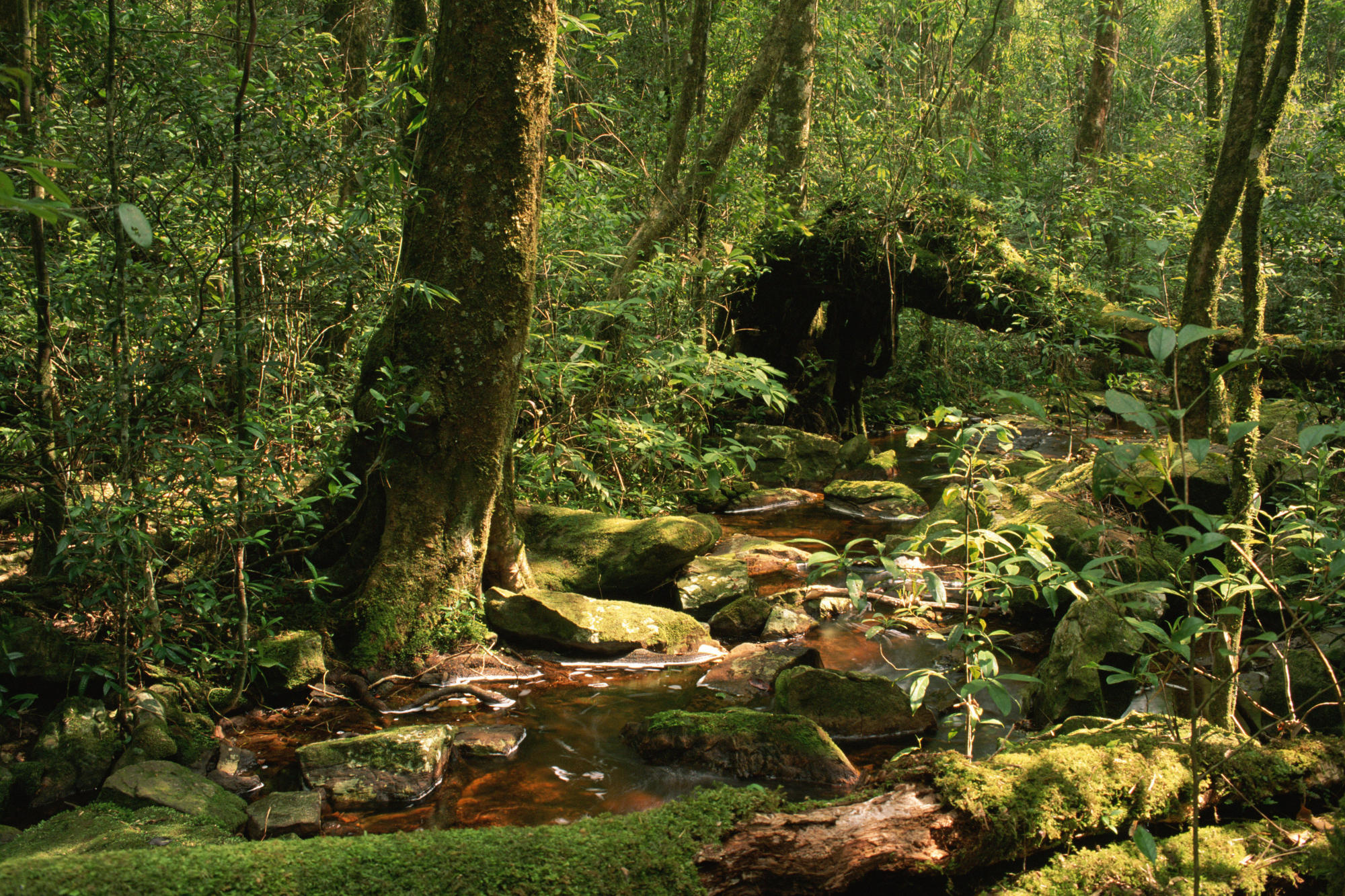 |
| luxurylink.com |
The Hawaiian island chain is truly a remarkable place. Due to it's geographic isolation, pretty much every species native to the region is descended from a random traveler that just happened to wash up on shore or make an incredible flight.
Because of this bottlenecking effect, Hawaii hosts a rare and wonderful collection of endemic species.
90 percent of Hawaii's flowering plants exist only on Hawaii, the highest percentage of any flowering region on the earth. Most are restricted to a few locations.
Which brings me to the subject of this post. Brighamia, a genus of flowering plant represented by only two species. Both are in Hawaii, and both are on the verge of disappearing forever.
 |
| hawaii.gov |
Brighamia rockii used to live on several islands, but now only survives on the small island Moloka'i.
Five distinct populations are all that remain, consisting of fewer than two hundred individuals.
Invasive plants, goats, deer, and the loss of native pollinators all are contributing to the vanishing of this wonderful example of genetic drift and the wonders of island speciation.
Sadly, this plant is doing great when compared to it's sister species.
 |
| ntbg.org |
Brighamia insignis is in dire straits. Native to Kaua'i and Ni'ihau, fewer than 65 individuals are left.
The main reason for this plant's decline is the fact that it only had one pollinator, a hawk moth that is now extinct. Human "pollinators" are the only hope this flowering rarity has of not following it's companion moth down into extinction.
So there you have it. Two rare relatives, both on the verge of vanishing forever.
This is no isolated case either. All across Hawaii, and on many other archipelagos as well, native species that have flowered in isolation face the burning fires of change as new forms are introduced by human hands.
All hope is not lost, however. As I've said before; what we have damaged, we have the power to heal. As human hands pollinate Brighamia insignis, so can human hands bring relief to all those wonderful species we have driven to the edge of extinction.
Or at least that is my sincere hope.














.jpg)
